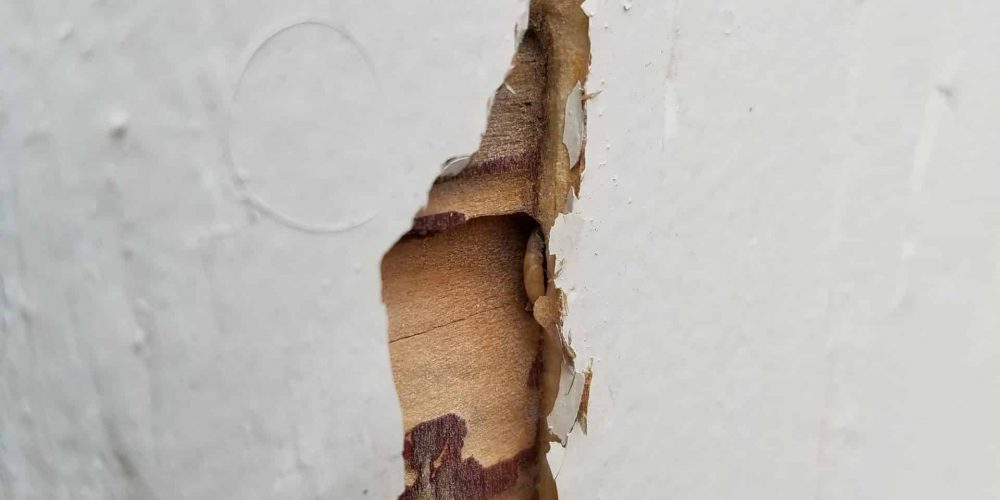Wood you believe there are different types of termites?
Fun fact, there are! Thousands, actually. Last month we talked about subterranean termites in a couple of blogs, and those do pose big problems here in Florida. That being said, in our sunny, humid part of the country, another type of termite can really cause problems in your home: drywood termites. Termite control in Florida can be tricky, but we are here to help! From wooden furniture to stud foundations, here’s what you should know about drywood termites.
Drywood Termites – What Are They and What Do They Do?
Most insects need soil, at least at some point, in order to survive. Drywood termites do not. They can live just by using moisture found in the wood they eat.
Drywood termites thrive in undecayed wood; living, eating, and nesting. Similar to a lot of insects, the ultimate goal for drywood termites is to first, provide a place, or chamber, for a queen to lay eggs. Second, build a suitable environment for the colony. With their ever-growing home deep inside wood, their main goal is to continue breaking down the wood from the inside out by eating through the wood to create tunnels.
Once termite eggs hatch, these young termites are called nymphs and are cared for by the adult termites. Nymphs cannot survive on their own.
How Do Drywood Termites Infest a House?
Drywood termites can enter homes through gaps in wood structures, wood-to-ground points of contact (for example: door frames, decks, and porches) and even wooden furniture. When home repair work is being done, they can find their way into your home, too! They’re hard to see and when colonies are being built, these devious creatures may disperse throughout your home, allowing tunnels to be excavated more efficiently.
Infestations begin when a drywood termite queen lays eggs in a chamber that’s been excavated by herself and other termites. Drywood termites eventually begin eating through the wood to create tunnels, which cause wood structures to be weakened from the inside.
It is possible for drywood termite infestations to start in one primary location, and eventually grow to be more widespread. The larger the infestation, the more costly the treatment and repair will be. Unfortunately, most infestations go unnoticed until damage is already done or a large colony is built.
Drywood Termite Treatments
When it comes to termite treatment in Florida, there are two options: whole-structure and localized. If an infestation is found early enough and is confirmed by a professional that the damage is only within a specific part of your home, then a localized termite wood treatment plan may be right for you. However, you run the risk that some adult drywood termites have found their way to other parts of your home and eventually create another infestation. This is why if your home or building falls victim to a drywood termite infestation, a professionally monitored fumigation is not only highly recommended, but extremely necessary.
The entire structure will be tightly covered with tarps, and then fumigated with a highly chemical type of gas. After a few days, all of the adult drywood termites will be dead. As we mentioned earlier, the nymphs and eggs will not survive without the adults so if any eggs survive, they won’t for much longer.
If your home needs a whole-structure termite treatment, it will be important that everyone, including pets and plants, are out of the house during the fumigation. Due to the chemicals in the gas, it’s vital that anything living is not exposed to the fumes.
Once the fumigation is completed, it will be time to have the wood inspected and any necessary areas repaired. Depending on the severity of the damages, this process could be a long and expensive journey. So if you think drywood termites are infesting your home, call us immediately!
At JD Smith Pest Control, we are experienced with termite infestations and treatment plans. We’re proud to serve the Tampa Bay area, and we are here to keep your home and your family safe!



